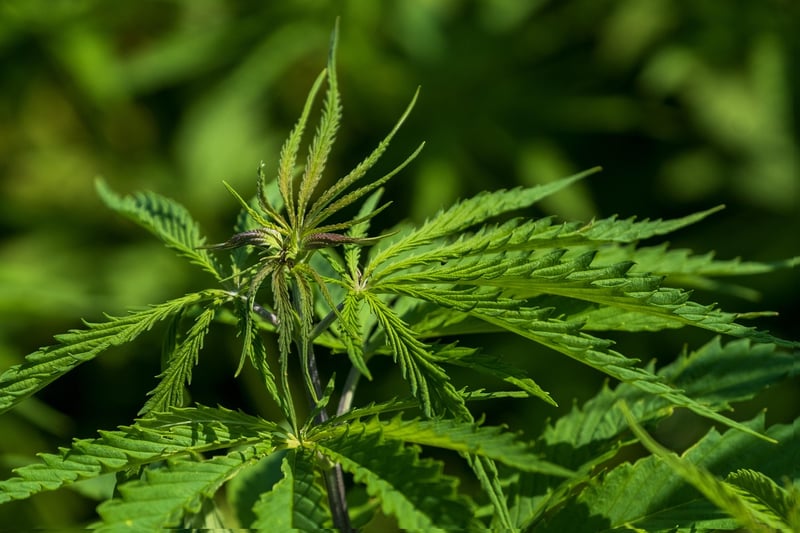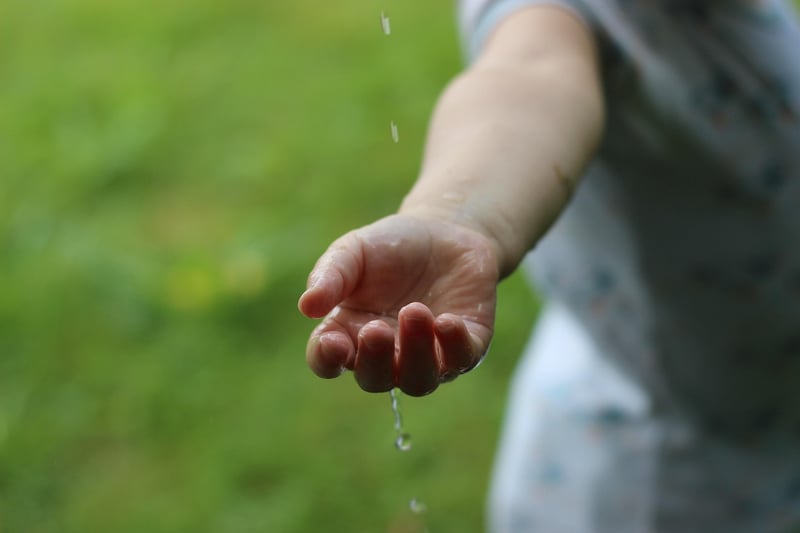Sustainable Resources
Sourcing Sustainable Materials: A Guide to Sustainable Resources
As awareness about environmental issues grows, the demand for sustainable materials is on the rise. Companies and consumers alike are looking for ways to reduce their impact on the planet by sourcing materials that are eco-friendly and ethically produced. In this guide, we will explore some of the best sustainable resources available today.
1. Organic Cotton
Organic cotton is grown without the use of harmful pesticides or synthetic fertilizers, making it a more sustainable option compared to conventional cotton. It helps reduce water usage and promotes soil health. Look for products made from organic cotton in clothing, bedding, and other textiles.

2. Bamboo
Bamboo is a fast-growing and renewable resource that can be used to make a wide range of products, from furniture to clothing. It requires minimal water and no pesticides to grow, making it an excellent sustainable alternative to traditional wood materials.

3. Recycled Plastic
Recycled plastic is made from post-consumer waste, such as plastic bottles and containers, that are processed and transformed into new products. By choosing items made from recycled plastic, you help reduce plastic pollution and promote a circular economy.

4. Hemp
Hemp is a versatile and sustainable material that can be used to make textiles, paper, biodegradable plastics, and even building materials. It requires minimal water and no pesticides to grow, making it an eco-friendly choice for various applications.

5. Cork
Cork is a renewable and biodegradable material harvested from the bark of cork oak trees. It is commonly used in sustainable flooring, insulation, and fashion accessories. Choosing cork products helps support the preservation of cork forests and biodiversity.

By opting for sustainable materials like organic cotton, bamboo, recycled plastic, hemp, and cork, you can make a positive impact on the environment and support a more sustainable future. Remember to look for certifications and labels that verify the sustainability of the materials used in the products you purchase.
Together, we can make a difference by choosing sustainable resources that help protect our planet for future generations.
